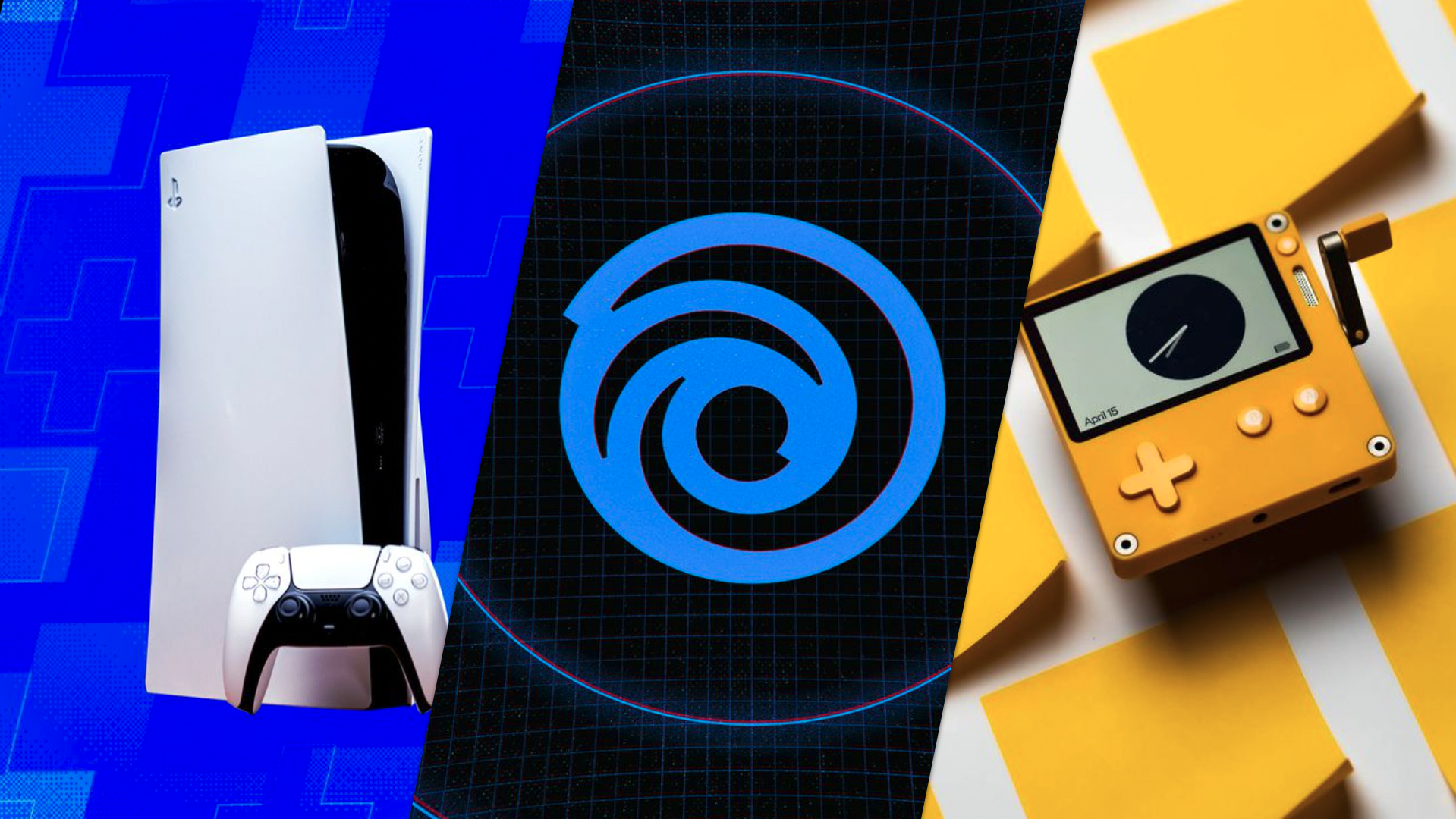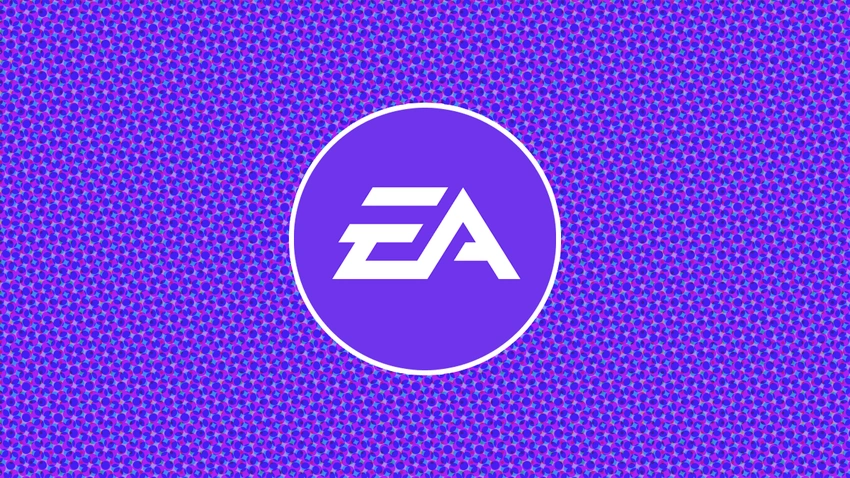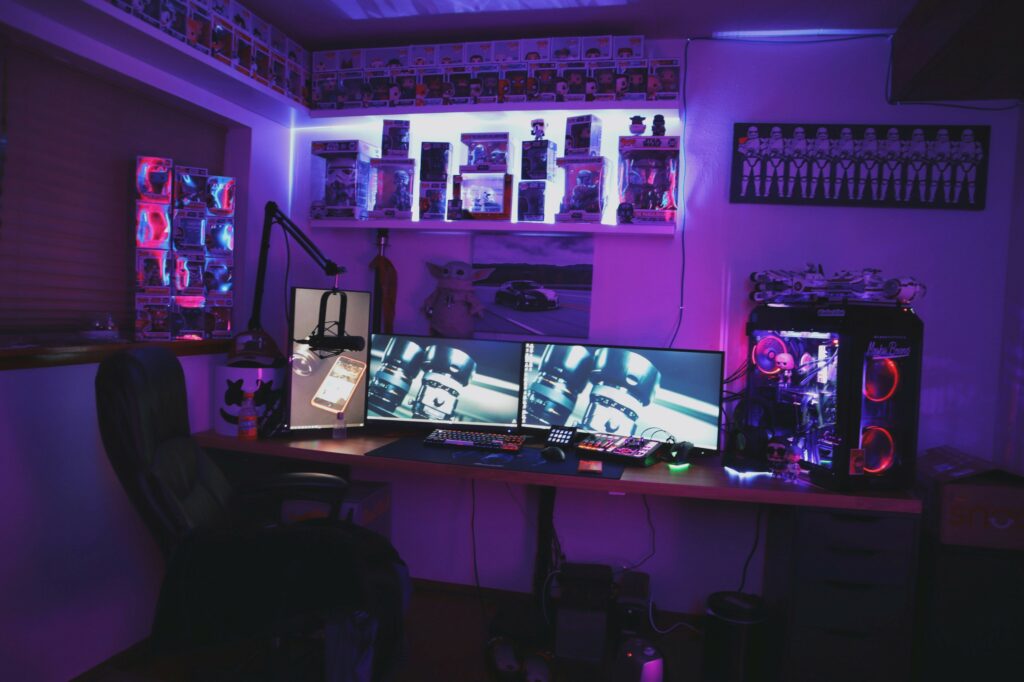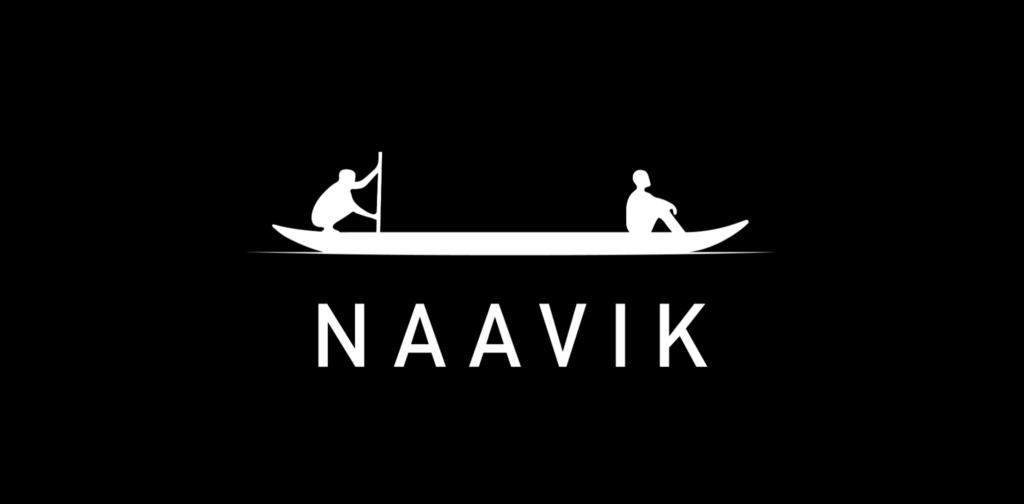Hi Everyone. This week, we’re exploring a new format for Naavik Digest with three separate stories rather than going in-depth on one piece. What do you think about the new format? Hit reply and let us know your thoughts!
Crypto Corner: The Legal Side of Web3
In this week’s Crypto Corner episode, Omri Bouton Crypto/NFT & Web3 Lawyer at Sheridans joins your host Nico Vereecke today to discuss:
-
The Legal Definition of a DAO?
-
Securities vs. Utility Tokens
-
IP on the Blockchain
As always, you can find us on YouTube, Spotify, Apple Podcasts, Google Podcasts, YouTube, our website, or anywhere else you listen to podcasts. Also, remember to shoot us any questions here.
Ubisoft’s Rumored Buyout & A Return To Nostalgia
Source: The Verge
#1: Ubisoft Rumored To Be Targeted for Buyout
Late last week, Bloomberg reported that Ubisoft could be a potential buyout target for private equity firms, including Blackstone and KKR. While Ubisoft has denied the rumors, several data points certainly point toward another big splash acquisition in games. In a banner year for gaming M&A, including Take-Two’s purchase of Zynga and Microsoft’s $69 billion deal to buy Activision Blizzard, Ubisoft’s buyout would certainly be the feather on the proverbial cap.
It’s tough to argue that there’s a better “big fish” buyout target than Ubisoft in the market right now. Private Equity thrives on buying up struggling, high potential businesses and optimizing them before flipping for a profit, and Ubisoft is facing issues on both the personnel and development sides of the house. They also have a powerful suite of IP that can be leveraged, a track record of experimenting with cloud and blockchain, and well, I’d be remiss not to mention that everything is technically on sale:
This isn’t a new trend, but it’s clearly accelerating. It accelerated last year and 2022 is already breaking records. We should expect further consolidation to occur (until regulators stop it). There aren’t that many gaming companies who can afford to acquire massive businesses like EA or Roblox (or would be allowed to), but there are many who could target the next rung down. Companies like Nexon, Netmarble, Ubisoft, Square Enix, and many others may have opportunities to get scooped up into larger ecosystems in the coming months. And as we’ve seen with Activision (46%) and Zynga (64%), many targets may be able to negotiate decent premiums.
In the last two years alone, Ubisoft has also faced heavy attrition (reportedly dubbed “The Great Exodus” within the company) and continues to face a slew of criticism for obfuscating its internal employee misconduct reporting. All of this comes after the departure of CEO Yves Guillemot’s heir apparent, son Charlie, following a controversy of his studio’s portrayal of the Black Lives Matter movement, leaving Guillemot as the last member of the company’s founding family to work with the organization.
That’s not all: developmentally, the company’s ability to create and launch successful titles is in question as well. As all tech stock have suffered, the share price has been cut nearly in half since January of last year, thanks in part to the company’s continued delay/downscaling of major franchises like Far Cry and Assassin’s Creed. Meanwhile efforts to bolster new revenue streams through investments like NFTs have seemingly become defunct only a few months after announcement.
Ultimately, Ubisoft has had a history of fending off acquisition offers, both from EA back in 2004 and Vivendi back in 2013. Still, in what is increasingly becoming an arms race for IP and content amongst gaming’s biggest players, a PE firm spending money to revitalize Ubisoft only to sell it off to the highest bidder in five years time isn’t unfathomable, particularly given the rate of consolidation we’re seeing in the industry today. But perhaps it’ll also catalyze other sleeping bidders to wake up and pay more of a premium for Ubisoft.
#2: Crank-Led Playdate Launches To the Public
The first shipment of orders for Playdate, the handheld gaming device from Untitled Goose Game publisher Panic, have finally begun to be distributed to users. While the device has faced a myriad of delays since its announcement back in 2019, early coverage from outlets like Polygon and The Verge seem largely positive, with the device receiving praise for its unique crank-mechanic and inventive library of games.
Let’s put Playdate in context of the modern handheld space. While there’s no doubt that mobile constitutes most of the mainstream “on-the-go” gaming audience, the remainder of the handheld world is characterized by two sub-categories of devices:
-
Devices that port console & PC experiences into handheld experiences, such as the Steam Deck and Nintendo Switch
-
Devices that serve as a launching point for more traditional, indie-esque, handheld experiences like Analogue’s Pocket and now, Panic’s Playdate
The growing popularity of that second category is what caught my attention with regard to this announcement. Retro gaming was yet another pocket of the industry to see massive upswings thanks in part to COVID-19, with top devices like the Nintendo GameCube seeing upwards of 70% increases in average game value. This growing wave of interest means that there’s opportunity here for Panic well beyond the initial wave of devices and titles the organization plans to release to the public. Traction for the device has been swift as well. Playdate reportedly did 20K in unit sales within a few minutes of pre-orders opening up. Meanwhile if sales data from devices like the Nintendo 3DS, which still managed to sell more than half a million units in its final few years of production, are any indication, demand for handheld devices could have some staying power.
Outside of the system’s “season” release method, which drops new games to consumers via WiFi each week, there’s a multitude of directions I could see Panic taking the device: reworks of classic 8-bit games to incorporate the device’s crank-system, partnerships with retro-gaming services like PiePacker, or even creating variants of the device and other new unique inputs. As classic console audiences continue to amass spending power and next-gen consoles prioritize IAPs and multiplayer over the more traditional old-school game elements, there will inevitably be a niche carved out by serving fans nostalgia. Whether or not that slice is big enough to justify spending $179 on Panic’s newest device is yet to be seen, but I don’t expect this to be the last we hear about Playdate in 2022. With that lens, Sony’s recent effort into its own catalogue is relevant…
#3: PlayStation Expands its Game Preservation Team
VGC reported that Playstation has set up a game preservation team tasked with bringing the company’s library of titles to next-gen devices. It’s a necessary move following the company’s promise of porting classic Playstation titles into their new subscription offering. This follows the unveiling of PlayStation’s subscription service last month.
The implications behind investing in these efforts for Sony are interesting when considered more deeply. The promise of a constantly evolving catalog of games is a departure from the traditional console-selling model that Sony has historically taken. If the company wants to have hope of actually creating a bundle that entices users, they’ll need to produce significantly more content without diluting the quality of those games as compared to the big-box console-moving titles the company has historically been known for. Fortunately, this strategy also means they have a lot of content to draw on.
As we pointed out in our analysis of PlayStation’s subscription offer, the lion’s share of Sony titles are 40-hour single player campaigns that are not conducive to retaining users over a long period of time. Realistically, turning to its backlog of hit titles as a way to artificially inflate its subscription library is as good a starting point as any for Sony to start to bolster its efforts in the space. The move will also please long-time fans of the console, who frequently clamber for reboots of some of their favorite old school Sony IP.
While this expansion is strategic, it does not come without issues. Most notably, the large majority of Sony’s older titles aren’t designed to be played more than once. Yes, players will surely spend a weekend or two reliving their favorite hits, but without regular updates and new releases, the backlog might eventually run dry. The cost of revitalizing games that can be up to 20+ years old is also not insignificant, and will undoubtedly take more time than the few months Sony has before its subscription model launches to the public. We also can’t assume that every subscriber to Sony’s new gaming service will want to play a backlog of games when they sign up. Realistically this means that the inflationary benefit of porting old games to the service likely won’t matter to a sizable population of Sony’s paying subscribers. While I can see the company prioritizing best-sellers like Jak & Daxter or Sly Cooper in order to offset this concern and maximize reach, many of Sony’s greatest hits have already been remastered for previous console generations. These concerns underscore why Sony’s acquisition of Bungie made so much sense, the company needs to bolster its content with a modern twist. However, as Sony continues to place its bet on subscription service as the way of the future, these concerns underscore just how important it is that the company continues to expand its multiplayer offerings in the coming months. (Written by Max Lowenthal)
📚 Content Worth Consuming
Building Sustainable Web3 Games With Owned Liquidity and Tokenized Assets (Every): “So the question for crypto gaming is: how to create a game that is fun to play, rewards gamers for their hard work, and generates enough revenue to fund continued development? Ideally, the primary revenue driver should be in-game activity amongst existing players. Not selling new characters to new players, since then the health of the game depends on attracting greater and greater numbers of players. One elegant method is through the combination of tokenized game assets and protocol owned liquidity. This is what we’ve started doing with Crypto Raiders, and so far it’s working quite well.” Link
Constructing The Ideal P2E Economy (Lumikai): “As the world propels headfirst into the Web 3 wormhole and millions of dollars are invested in P2E gaming start-ups, it is imperative to start talking about the economic realities of these businesses. If this is the democratic, decentralised future we have all been waiting for, then we wanted to ride the economic gravy train. In order to really understand the inner workings and sustainability of P2E games, in this blog we draw the analogy of these economies to real-life macroeconomics to demystify topics like deflation, currency sinks, money supply, and more.” Link
UK Consumer Games Market Report (Ukie): “The UK consumer games market reached a record figure of £7.16bn in 2021, growing by 1.90% from the previous record of £7bn recorded during the height of the COVID-19 pandemic in 2020. On the basis of the growth we've seen, the games market 2022 figures should look similar. The valuation, which takes place every year ahead of the start of the London Games Festival, explores how much money consumers in the UK spend on game software, game hardware and on game culture (such as toys, movies and books).” Link
AppLovin: Monetizing & Marketing Mobile (Colossus): “Adam Foroughi is the CEO and co-founder of AppLovin. We cover the major components of AppLovin, how the mobile games business feeds their software platform, and the importance of staying nimble while experiencing rapid growth.” Link
🔥 Featured Jobs
-
Konvoy Ventures: Investment Analyst (Denver, CO)
-
LILA Games: Game Designer, Systems & Economy (Bangalore, India)
-
OpenBCI: AR/VR Demo Creator - Neurotech (Brooklyn, NY)
-
Immutable: Sr. BD Manager — Gaming (Remote)
-
Immutable: Business Development Manager — Web3 Gaming (Remote)
-
Solana: Gaming Engineer — Blockchain/Web 3.0 (Remote)
-
Naavik: Content Contributor — Writer (Remote)
You can view our entire job board — all of the open roles, as well as the ability to post new roles — below.










